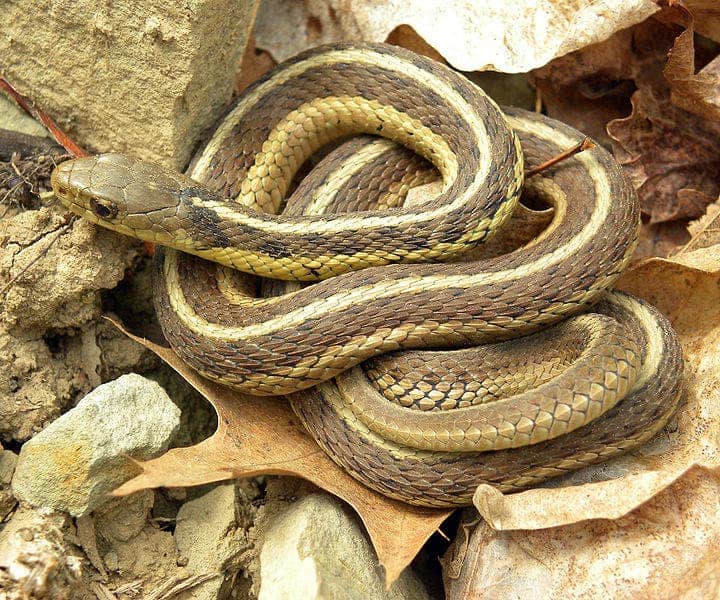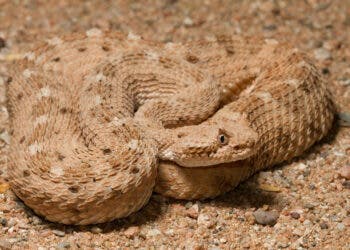Garter snakes not only prefer to hang out more with some individuals — they even have “friends”.

Not much is known about the social life of snakes. They’re secretive creatures, difficult to study, and research on the social habits of animals have typically focused on other types of animals — it’s a persistent scientific bias, the authors of a new study write.
“This bias is exacerbated by the fact that in some reptile species, social interactions are hidden, due to their secretive nature, and that social communication is often conducted via invisible chemical cue,” the study writes.
Thankfully, more studies are being carried on “unpopular” creatures recently, and that includes snakes.
In a recent such study, comparative psychologist Noam Miller and his graduate student Morgan Skinner at Wilfrid Laurier University, Canada, have started sociality studies on a wide range of species — including eastern garter snakes (Thamnophis sirtalis sirtalis).
The duo worked to assess the snakes’ personalities and social preferences. They placed sets of 10 snakes, each with a colored dot on its head, in a walled enclosure, observing their behavior with a camera. Twice a day, the reptiles were removed and their enclosure was cleaned to erase any odors, and the snakes were placed back in random positions. Regardless of how the snakes were placed, the same social structures were formed after a while — time and time again.
The researchers also tested each snake’s personality by placing them alone in a shelter and monitoring how much time snakes would spend outside the shelter. Some were bolder and went out of the shelter for longer periods of time, where others were shyer and stuck to the shelter. This is a significant personality trait of snakes, and researchers found it to be a major driver of friendship groups among the snakes. Snakes were also more likely to remain in a shelter that housed multiple snakes, suggesting that they find some safety in numbers.
Garter snakes might not always aggregate together, but when they do (such as in this study when researchers essentially forced a group of them to stay together), they form cliques and groups that bear a striking resemblance to that of mammals — you might even call them friendship groups.
“We demonstrate that the snakes actively seek social interaction, prefer to remain with larger aggregates, and associate non-randomly with specific individuals or groups. We show that their social interaction patterns are influenced by individual boldness, sociability, and age,” the team writes.
There are benefits to being social, especially when it comes to younger or more vulnerable snakes. A group retains heat and moisture better than an individual, and a group also has a better chance of defending against predators.
The study is significant in two ways. For starters, it contributes to a sparse (but growing) body of literature on sociability in reptiles. Secondly, it can work to change the perception among both the scientific community and the public, which can help conservation efforts.






